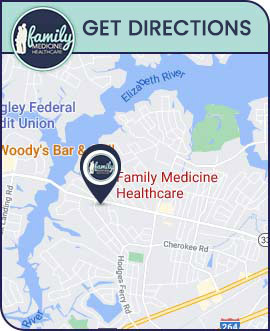February Heart Health Awareness Month in Chesapeake, VA
In honor of this month’s focus on Heart Health Awareness, I wanted to share with you about a very damaging, yet common condition in America today.
It’s known as Arteriosclerosis (or Atherosclerosis).
You have seen commercials on television referring to Arteriosclerosis. Arteriosclerosis is Peripheral Arterial Disease (PAD). This is a problem created in the body with the blood flow through the arteries. Arteries carry blood from the heart to various muscles and organs. When arteries become diseased they become narrowed or blocked this is called atherosclerosis or arteriosclerosis. The most common complaint of people who have PAD is claudication.
Claudication is the pain in the calf or thigh muscle that occurs after walking. This pain may stop after a person rests for a while. Claudication occurs since not enough blood is flowing to a muscle because less blood is flowing through the artery that is supplying that particular muscle.
Claudication is also more likely with people who have atherosclerosis in other arteries. People with claudication may have had heart attacks or strokes. If you notice pain in your legs while walking please ask your doctor about your risk for PAD.
To check for claudication your doctor will check the pulses in the arteries or order testing in a lab. Another method of checking is to measure the blood pressure in the arms versus that in the legs. A drop in blood pressure may indicate a narrowing of the arteries. Surgery may also be an alternative to help treat symptoms of claudication.
Some of the risk factors linked to PAD include:
- high blood pressure
- diabetes
- high cholesterol
- cigarette smoking
- older age
PAD and claudication are most easily treated with diet and exercise, and sometimes medicine. Stopping smoking is also recommended. A walking program is also very helpful. Walking 3 times per week for 30 or more minutes each time can help treat and prevent this disease. If you begin walking and the pain becomes too uncomfortable, stop and rest until the pain goes away; and then resume walking again until you have reached your goal.
Lifestyle changes can be tough to incorporate at first, as we all know “old habits die hard”. However, when you start to see and FEEL the drastic difference in you overall health, it will encourage you to keep at it!
~Dr. Samir Abdelshaheed







